Calling all book-lovers! Here is a list of recommended titles that address our Action Book Club theme: Reading All Around, celebrating the joy of reading and the power of literacy. We think you’ll find something that inspires you.
Everyone can take part in the Action Book Club program. That’s why this list of suggested books—recommended by Little Free Library stewards, communities, and advisers—includes options for young readers, middle readers, and adults. Do you know of another great book perfect for your group? You’re welcome to read that instead; we’d love to hear your book ideas.
For even more book ideas, check out our previous Action Book Club themes on unity, diversity, and more.
Young Readers
The Book Hog by Greg Pizzoli (48 pp, Disney-Hyperion, 2019). The Book Hog loves books-the way they look, the way they feel, the way they smell-and he’ll grab whatever he can find. There’s only one problem: he can’t read! But when a kind librarian invites him to join for storytime, this literature-loving pig discovers the treasure that books really are. Geisel Medalist Greg Pizzoli presents a new character who is sure to steal your heart in this picturebook full of humorous charm and vivid illustrations. Ages 3-5.
Emily Writes: Emily Dickinson and Her Poetic Beginnings by Jane Yolen, illustrated by Christine Davenier (40 pp, Henry Holt and Co., 2020). As a young girl, Emily Dickinson loved to scribble curlicues and circles, imagine new rhymes, and connect with the natural world around her. The sounds, sights, and smells of home swirled through her mind, and Emily began to explore writing and rhyming her thoughts and impressions. This thoughtful spotlight on Emily’s early experimentations with poetry offers a unique window into one of the world’s most famous and influential poets. Ages 4-8.
Feed Your Mind: A Story of August Wilson by Jen Bryant, illustrated by Cannaday Chapman (48 pp, Harry N. Abrams, 2019). August Wilson (1945–2005) was a two-time Pulitzer Prize-winning playwright who had a particular talent for capturing the authentic, everyday voice of Black Americans. As a child, he read off soup cans and cereal boxes, and when his mother brought him to the library, his whole world opened up. After facing intense prejudice at school from both students and some teachers, August dropped out. However, he continued reading and educating himself independently. He felt that if he could read about it, then he could teach himself anything and accomplish anything. Like many of his plays, Feed Your Mind is told in two acts, revealing how Wilson grew up to be one of the most influential American playwrights. The book includes an author’s note, a timeline of August Wilson’s life, a list of Wilson’s plays, and a bibliography. Ages 6-9.
How to Read a Book by Kwame Alexander, illustrated by Melissa Sweet (32 pp, HarperCollins, 2019). A stunning new picture book from Newbery Medalist Kwame Alexander and Caldecott Honoree Melissa Sweet! This New York Times bestselling duo has teamed up for the first time to bring you How to Read a Book, a poetic and beautiful journey about the experience of reading. Find a tree—a / black tupelo or / dawn redwood will do—and / plant yourself. / (It’s okay if you prefer a stoop, like Langston Hughes.) With these words, an adventure begins. Kwame Alexander’s evocative poetry and Melissa Sweet’s lush artwork come together to take readers on a sensory journey between the pages of a book. Ages 4-8.
I Can Write the World by Joshunda Sanders, illustrated by Charly Palmer (40 pp, Six Foot Press, 2019). Eight-year-old Ava Murray wants to know why there’s a difference between the warm, friendly Bronx neighborhood filled with music and art in which she lives and the Bronx she sees in news stories on TV and on the Internet. When her mother explains that the power of stories lies in the hands of those who write them, Ava decides to become a journalist. I Can Write the World follows Ava as she explores her vibrant South Bronx neighborhood – buildings whose walls boast gorgeous murals of historical figures as well as intricate, colorful street art, the dozens of different languages and dialects coming from the mouths of passersby, the many types of music coming out of neighbors’ windows and passing cars. In reporting how the music and art and culture of her neighborhood reflect the diversity of the people of New York City, Ava shows the world as she sees it, revealing to children the power of their own voice. Ages 5-8.
I Do Not Like Books Anymore! by Daisy Hirst (40 pp, Candlewick, 2018). Natalie and Alphonse REALLY like books. Picture books with Dad, scary stories with Mom, and especially stories they remember or make up themselves. So when it’s time for Natalie to learn to read, she thinks it will be exciting — she can have all the stories in the world now, and even read them to Alphonse. But when Natalie gets her first reading book, the letters look like squiggles and it isn’t even a good story; it’s just about a cat that can sit. “I do not like books anymore!” Natalie declares. But she still wants to make up stories. With Alphonse’s help, can she find a way to turn a love of telling stories into a love of reading stories? With her one-of-a-kind voice and wonderfully droll artwork, Daisy Hirst captures the familiar frustration of struggling to learn something new — and the particular pride that comes when you finally succeed. Ages 3-7.
Little Libraries, Big Heroes by Miranda Paul, illustrated by John Parra (40 pp, Clarion Books, 2019). From an award-winning author and illustrator, the inspiring story of how the Little Free Library organization brings communities together through books, from founder Todd Bol’s first installation to the creation of more than 75,000 mini-libraries around the world. Todd and his friends love heroes. But in school, Todd doesn’t feel heroic. Reading is hard for him, and he gets scolded for asking too many questions. How will he ever become the kind of hero he admires? Featuring stunning illustrations that celebrate the diversity of the Little Free Library movement, here is the story of how its founder, Todd Bol, became a literacy superhero. Thanks to Todd and thousands of volunteers—many of whom are kids—millions of books have been enjoyed around the world. Ages 4-7.
The Lost Book by Margarita Surnaite (32 pp, Margaret K. McElderry Books, 2019). Everyone in Rabbit Town loves to read. Well, everyone except for Henry, who would much prefer to play outside. Then Henry finds a lost book, and when he tries to track down the owner, he stumbles into the human world. There, the adults are all absorbed in their phones and tablets, and everyone ignores Henry until he befriends a young girl. They have so much fun together that Henry gives her the lost book, knowing it will be in good hands. Henry learns that books can contain adventures all their own, and when he returns to Rabbit Town, for the first time it is Henry who tells the bedtime story. Ages 4-8.
Lost in the Library: A Story of Patience and Fortitude by Josh Funk, illustrated by Stevie Lewis (40 pp, Henry Holt and Co., 2018). Lost in the Library: A Story of Patience & Fortitude is the first picture book about Patience and Fortitude, the two lion statues that faithfully guard the New York Public Library. When Patience goes missing, Fortitude realizes the secret to Patience’s disappearance may be within the Library itself. Ages 4-8.
The Oldest Student: How Mary Walker Learned to Read by Rita Lorraine Hubbard, illustrated by Oge Mora (40 pp, Schwartz & Wade, 2020). Imagine learning to read at the age of 116! Discover the true story of Mary Walker, the nation’s oldest student who did just that, in this picture book from a Caldecott Honor-winning illustrator and a rising star author. In 1848, Mary Walker was born into slavery. At age 15, she was freed, and by age 20, she was married and had her first child. By age 68, she had worked numerous jobs, including cooking, cleaning, babysitting, and selling sandwiches to raise money for her church. At 114, she was the last remaining member of her family. And at 116, she learned to read. From Rita Lorraine Hubbard and rising star Oge More comes the inspirational story of Mary Walker, a woman whose long life spanned from the Civil War to the Civil Rights Movement, and who—with perseverance and dedication—proved that you’re never too old to learn. Ages 4-8.
Planting Stories: The Life of Librarian and Storyteller Pura Belpré by Anika Aldamuy Denise, illustrated by Paola Escobar (40 pp, HarperCollins, 2019). An inspiring picture book biography of storyteller, puppeteer, and New York City’s first Puerto Rican librarian, who championed bilingual literature. When she came to America in 1921, Pura Belpré carried the cuentos folklóricos of her Puerto Rican homeland. Finding a new home at the New York Public Library as a bilingual assistant, she turned her popular retellings into libros and spread story seeds across the land. Today, these seeds have grown into a lush landscape as generations of children and storytellers continue to share her tales and celebrate Pura’s legacy. Brought to colorful life by Paola Escobar’s elegant and exuberant illustrations and Anika Aldamuy Denise’s lyrical text, this gorgeous book is perfect for the pioneers in your life. Ages 4-8.
Schomburg: The Man Who Built a Library by Carole Boston Weatherford, illustrated by Eric Velasquez (48 pp, Candlewick, 2019). Amid the scholars, poets, authors, and artists of the Harlem Renaissance stood an Afro–Puerto Rican named Arturo Schomburg. This law clerk’s life’s passion was to collect books, letters, music, and art from Africa and the African diaspora and bring to light the achievements of people of African descent through the ages. When Schomburg’s collection became so big it began to overflow his house (and his wife threatened to mutiny), he turned to the New York Public Library, where he created and curated a collection that was the cornerstone of a new Negro Division. A century later, his groundbreaking collection, known as the Schomburg Center for Research in Black Culture, has become a beacon to scholars all over the world. Ages 8-12.
The Word Collector by Peter H. Reynolds (40 pp, Orchard Books, 2018). Some people collect stamps. Some people collect coins. Some people collect art. And Jerome? Jerome collected words. . . . In this extraordinary new tale from Peter H. Reynolds, Jerome discovers the magic of the words all around him—short and sweet words, two-syllable treats, and multisyllable words that sound like little songs. Words that connect, transform, and empower. The Word Collector is a celebration of finding your own words—and the impact you can have when you share them with the world.
Middle Readers
Ban This Book by Alan Gratz (256 pp, Tor Teen, 2018). Fiction. In Ban This Book by Alan Gratz, a fourth grader fights back when From the Mixed-Up Files of Mrs. Basil E. Frankweiler by E. L. Konigsburg is challenged by a well-meaning parent and taken off the shelves of her school library. Amy Anne is shy and soft-spoken, but don’t mess with her when it comes to her favorite book in the whole world. Amy Anne and her lieutenants wage a battle for the books that will make you laugh and pump your fists as they start a secret banned books locker library, make up ridiculous reasons to ban every single book in the library to make a point, and take a stand against censorship. Ban This Book is a stirring defense against censorship that’s perfect for middle grade readers. Let kids know that they can make a difference in their schools, communities, and lives! Ages 8-12.
Fish in a Tree by Lynda Mullaly Hunt (320 pp, Puffin Books, 2017). Fiction. Ally has been smart enough to fool a lot of smart people. Every time she lands in a new school, she is able to hide her inability to read by creating clever yet disruptive distractions. She is afraid to ask for help; after all, how can you cure dumb? However, her newest teacher Mr. Daniels sees the bright, creative kid underneath the trouble maker. With his help, Ally learns not to be so hard on herself and that dyslexia is nothing to be ashamed of. As her confidence grows, Ally feels free to be herself and the world starts opening up with possibilities. She discovers that there’s a lot more to her—and to everyone—than a label, and that great minds don’t always think alike. Ages 10-14.
Isaiah Dunn Is My Hero by Kelly J. Baptist (208 pages, Crown Books, available August 2020). Fiction. Isaiah is now the big man of the house. But it’s a lot harder than his dad made it look. His little sister, Charlie, asks too many questions, and Mama’s gone totally silent. Good thing Isaiah can count on his best friend, Sneaky, who always has a scheme for getting around the rules. Plus, his classmate Angel has a few good ideas of her own—once she stops hassling Isaiah. And when things get really tough, there’s Daddy’s journal, filled with stories about the amazing Isaiah Dunn, a superhero who gets his powers from beans and rice. Isaiah wishes his dad’s tales were real. He could use those powers right about now! Kelly J. Baptist’s debut novel explores the indomitable spirit of a ten-year-old boy and the superhero strength it takes to grow up. Ages 8-10.
The List by Patricia Forde (368 pp, Sourcebooks Young Readers, 2018). Fantasy. The city of Ark is the last safe place on Earth. To make sure humans are able to survive, everyone in Ark must speak List, a language of only 500 words. Everyone that is, except Letta. As apprentice to the Wordsmith, Letta can read all the words that have ever existed. Forbidden words like freedom, music, and even pineapple tell her about a world she’s never known. One day her master disappears and the leaders of Ark tell Letta she is the new Wordsmith and must shorten List to fewer and fewer words. Then Letta meets a teenage boy who somehow knows all the words that have been banned. Letta’s faced with a dangerous choice: sit idly by and watch language slowly slip away or follow a stranger on a path to freedom . . . or banishment. Ages 10-14.
Little Women by Louisa May Alcott (480 pp, Amulet, first published 1869, movie tie-in 2019). Fiction. Readers have been falling for the March family for over 150 years, and Greta Gerwig’s film adaptation has introduced the childhood classic to a new generation of fans. Little Women tells the timeless story of sisters Meg, Jo, Beth, and Amy as they navigate hardship and adventure in post-Civil War Concord, Massachusetts. A must-read. Ages 10 and up.
The Missing Bookshop by Katie Clapham (96 pp, Kane Miller, 2019). Fiction. Milly loves going to story time at her local bookshop. Mrs Minty is an encyclopedia of books and knows the perfect story for every occasion . . . tales of mischievous children and faraway lands, magical beasts and daring adventures. But the bookshop is old and creaky, just like Mrs Minty herself. And then one day Milly arrives to find the shop gone. What has happened to Mrs Minty and her irreplaceable bookshop? Ages 5-8.
More to the Story by Hena Khan (272 pp, Salaam Reads, 2019). Fiction. When Jameela Mirza is picked to be feature editor of her middle school newspaper, she’s one step closer to being an award-winning journalist like her late grandfather. The problem is her editor-in-chief keeps shooting down her article ideas. Jameela’s assigned to write about the new boy in school, who has a cool British accent but doesn’t share much, and wonders how she’ll make his story gripping enough to enter into a national media contest. Jameela, along with her three sisters, is devastated when their father needs to take a job overseas, away from their cozy Georgia home for six months. Missing him makes Jameela determined to write an epic article—one to make her dad extra proud. But when her younger sister gets seriously ill, Jameela’s world turns upside down. And as her hunger for fame looks like it might cost her a blossoming friendship, Jameela questions what matters most, and whether she’s cut out to be a journalist at all. . . . Ages 8-12.
The Night Country by Melissa Albert (352 pp, Flatiron Books, 2020). In The Night Country, Alice Proserpine dives back into a menacing, mesmerizing world of dark fairy tales and hidden doors of The Hazel Wood. Follow her and Ellery Finch as they learn The Hazel Wood was just the beginning, and that worlds die not with a whimper, but a bang. With Finch’s help, Alice escaped the Hinterland and her reclusive grandmother’s dark legacy. Now she and the rest of the dregs of the fairy tale world have washed up in New York City, where Alice is trying to make a new, unmagical life. But something is stalking the Hinterland’s survivors―and she suspects their deaths may have a darker purpose. Meanwhile, in the winking out world of the Hinterland, Finch seeks his own adventure, and―if he can find it―a way back home…. Ages 12-18.
The Night Diary by Veera Hiranandani (288 pp, Puffin Books, 2019). Half-Muslim, half-Hindu twelve-year-old Nisha doesn’t know where she belongs, or what her country is anymore. When Papa decides it’s too dangerous to stay in what is now Pakistan, Nisha and her family become refugees and embark first by train but later on foot to reach her new home. The journey is long, difficult, and dangerous, and after losing her mother as a baby, Nisha can’t imagine losing her homeland, too. But even if her country has been ripped apart, Nisha still believes in the possibility of putting herself back together. Told through Nisha’s letters to her mother, The Night Diary is a heartfelt story of one girl’s search for home, for her own identity . . . and for a hopeful future. Ages 8-12.
The Poet X by Elizabeth Acevedo (368 pp, Quill Tree Books, 2018). Xiomara Batista feels unheard and unable to hide in her Harlem neighborhood. Ever since her body grew into curves, she has learned to let her fists and her fierceness do the talking. But Xiomara has plenty she wants to say, and she pours all her frustration and passion onto the pages of a leather notebook, reciting the words to herself like prayers—especially after she catches feelings for a boy in her bio class named Aman, who her family can never know about. With Mami’s determination to force her daughter to obey the laws of the church, Xiomara understands that her thoughts are best kept to herself. So when she is invited to join her school’s slam poetry club, she doesn’t know how she could ever attend without her mami finding out. But she still can’t stop thinking about performing her poems. Because in the face of a world that may not want to hear her, Xiomara refuses to be silent.
The Story Seeker: A New York Public Library Book by Kristin O’Donnell Tubb, illustrated by Iacopo Bruno (272 pp, Henry Holt and Co., 2020). Twelve-year-old Viviani Fedeler, proud resident of the New York Public Library, has her sights set on becoming a star reporter. She’s thrilled when Miss Hutch announces a story contest where the winner gets their essay printed in the New York Times! But then Viviani gets her first-ever case of writer’s block. As she struggles to find inspiration, the library is hit with a strange mystery involving overdue books, secret messages, and perhaps a spy lurking among the shelves. . . . Will Viviani be able to crack the code and find the perfect story worthy of a byline? Ages 9-12.
Words on Fire by Jennifer A. Nielsen (336 pp, Scholastic Press, 2019). Danger is never far from Audra’s family farm in Lithuania. She always avoids the occupying Russian Cossack soldiers, who insist that everyone must become Russian—they have banned Lithuanian books, religion, culture, and even the language. But Audra knows her parents are involved in something secret and perilous. In June 1893, when Cossacks arrive abruptly at their door, Audra’s parents insist that she flee, taking with her an important package and instructions for where to deliver it. But escape means abandoning her parents to a terrible fate. As Audra embarks on a journey to deliver the mysterious package, she faces unimaginable risks, and soon she becomes caught up in a growing resistance movement. Can joining the underground network of book smugglers give Audra a chance to rescue her parents? Ages 8-12.
Advanced and Adult Readers
Black Ink: Literary Legends on the Peril, Power, and Pleasure of Reading and Writing edited by Stephanie Stokes Oliver (272 pp, 37 Ink, 2018). Nonfiction. Throughout American history black people are the only group of people to have been forbidden by law to learn to read. This expansive collection seeks to shed light on that injustice, putting some of America’s most cherished voices in a conversation in one magnificent volume that presents reading as an act of resistance. Featuring a vast array of contributors both classic and contemporary, Black Ink presents the brilliant diversity of black thought in America while solidifying the importance of these writers within the greater context of the American literary tradition. Contributors include: Frederick Douglass, Solomon Northup, Booker T. Washington, W.E.B. Du Bois, Zora Neale Hurston, Langston Hughes, James Baldwin, Malcolm X, Maya Angelou, Martin Luther King, Jr., Toni Morrison, Walter Dean Myers, Stokely Carmichael [Kwame Ture], Alice Walker, Jamaica Kincaid, Henry Louis Gates, Jr., Terry McMillan, Junot Diaz, Edwidge Danticat, Colson Whitehead, Marlon James, Roxane Gay, Ta-Nehisi Coates, Chimamanda Ngozi Adichie, and Colson Whitehead.
The Book Woman of Troublesome Creek by Kim Michelle Richardson (322 pp, Sourcebooks Landmark, 2019). Fiction. The hardscrabble folks of Troublesome Creek have to scrap for everything―everything except books, that is. Thanks to Roosevelt’s Kentucky Pack Horse Library Project, Troublesome’s got its very own traveling librarian, Cussy Mary Carter. Cussy’s not only a book woman, however, she’s also the last of her kind, her skin a shade of blue unlike most anyone else. Not everyone is keen on Cussy’s family or the Library Project, and a Blue is often blamed for any whiff of trouble. If Cussy wants to bring the joy of books to the hill folks, she’s going to have to confront prejudice as old as the Appalachias and suspicion as deep as the holler. Inspired by the true blue-skinned people of Kentucky and the brave and dedicated Kentucky Pack Horse library service of the 1930s, The Book Woman of Troublesome Creek is a story of raw courage, fierce strength, and one woman’s belief that books can carry us anywhere―even back home.
The Borrower by Rebecca Makkai (336 pp, Viking, 2011). Fiction. Lucy Hull, a young children’s librarian in Hannibal, Missouri, finds herself both a kidnapper and kidnapped when her favorite patron, ten-year-old Ian Drake, runs away from home. The precocious Ian is addicted to reading, but needs Lucy’s help to smuggle books past his overbearing mother, who has enrolled Ian in weekly antigay classes with celebrity Pastor Bob. Lucy stumbles into a moral dilemma when she finds Ian camped out in the library after hours with a knapsack of provisions and an escape plan. Desperate to save him from Pastor Bob and the Drakes, Lucy allows herself to be hijacked by Ian. The odd pair embarks on a crazy road trip from Missouri to Vermont, with ferrets, an inconvenient boyfriend, and upsetting family history thrown in their path. But is it just Ian who is running away? Who is the man who seems to be on their tail? And should Lucy be trying to save a boy from his own parents?
Erotic Stories for Punjabi Widows by Balli Kaur Jaswal (314 pp, William Morrow, 2017). Fiction. Nikki lives in cosmopolitan West London, where she tends bar at the local pub. The daughter of Indian immigrants, she’s spent most of her twenty-odd years distancing herself from the traditional Sikh community of her childhood, preferring a more independent (that is, Western) life. When her father’s death leaves the family financially strapped, Nikki, a law school dropout, impulsively takes a job teaching a “creative writing” course at the community center in the beating heart of London’s close-knit Punjabi community. Because of a miscommunication, the proper Sikh widows who show up are expecting to learn basic English literacy, not the art of short-story writing. When one of the widows finds a book of sexy stories in English and shares it with the class, Nikki realizes that beneath their white dupattas, her students have a wealth of fantasies and memories. Eager to liberate these modest women, she teaches them how to express their untold stories, unleashing creativity of the most unexpected kind.
Game Changer! Book Access for All Kids by Donalyn Miller and Colby Sharp (144 pp, Scholastic Professional, 2018). Nonfiction. Literacy advocates with a deep passion for books bestselling author Donalyn Miller and 5th grade teacher Colby Sharp showcase the power of childrens’ access to books, providing teachers and administrators with the tools and information they need to increase childrens’ meaningful interaction with books and to launch or sustain book access initiatives in their communities. Through research and testimonials from voices in the field and their own classroom experiences, Miller and Sharp provide practical and resourceful information on a range of topics and areas, (including successful school and classroom libraries, the power of book ownership, the importance of cultural and social access to books, and meaningful family-community reading engagement) designed to help dramatically increase childrens’ access to and life-changing engagement with books.
The Giver of Stars by Jojo Moyes (400 pp, Pamela Dorman Books, 2019). Fiction. Alice Wright marries handsome American Bennett Van Cleve hoping to escape her stifling life in England. But small-town Kentucky quickly proves equally claustrophobic, especially living alongside her overbearing father-in-law. So when a call goes out for a team of women to deliver books as part of Eleanor Roosevelt’s new traveling library, Alice signs on enthusiastically. The leader, and soon Alice’s greatest ally, is Margery, a smart-talking, self-sufficient woman who’s never asked a man’s permission for anything. They will be joined by three other singular women who become known as the Packhorse Librarians of Kentucky. What happens to them—and to the men they love—becomes an unforgettable drama of loyalty, justice, humanity, and passion. These heroic women refuse to be cowed by men or by convention. And though they face all kinds of dangers in a landscape that is at times breathtakingly beautiful, at others brutal, they’re committed to their job: bringing books to people who have never had any, arming them with facts that will change their lives. Based on a true story rooted in America’s past, The Giver of Stars is funny, heartbreaking, enthralling, and destined to become a modern classic.
How to Raise a Reader by Pamela Paul and Maria Russo (216, Workman Publishing, 2019). Nonfiction. Do you remember your first visit to where the wild things are? How about curling up for hours on end to discover the secret of the Sorcerer’s Stone? Combining clear, practical advice with inspiration, wisdom, tips, and curated reading lists, How to Raise a Reader shows you how to instill the joy and time-stopping pleasure of reading. Divided into four sections, from baby through teen, and each illustrated by a different artist, this book offers something useful on every page, whether it’s how to develop rituals around reading or build a family library, or ways to engage a reluctant reader. A fifth section, “More Books to Love: By Theme and Reading Level,” is chock full of expert recommendations. Throughout, the authors debunk common myths, assuage parental fears, and deliver invaluable lessons in a positive and easy-to-act-on way.
The Library Book by Susan Orlean (336 pp, Simon & Schuster, 2018). Nonfiction. Weaving her lifelong love of books and reading into an investigation of the fire, award-winning New Yorker reporter and New York Times bestselling author Susan Orlean delivers a mesmerizing and uniquely compelling book that manages to tell the broader story of libraries and librarians in a way that has never been done before. In The Library Book, Orlean chronicles the Los Angeles Public Library fire and its aftermath to showcase the larger, crucial role that libraries play in our lives; delves into the evolution of libraries across the country and around the world, from their humble beginnings as a metropolitan charitable initiative to their current status as a cornerstone of national identity; brings each department of the library to vivid life through on-the-ground reporting; studies arson and attempts to burn a copy of a book herself; reflects on her own experiences in libraries; and reexamines the case of Harry Peak, the blond-haired actor long suspected of setting fire to the LAPL more than thirty years ago.
Reading Lolita in Tehran: A Memoir in Books by Azar Nafisi (400 pp, Random House Trade Paperbacks, 2008). Memoir. Every Thursday morning for two years in the Islamic Republic of Iran, Azar Nafisi, a bold and inspired teacher, secretly gathered seven of her most committed female students to read forbidden Western classics. Some came from conservative and religious families, others were progressive and secular; some had spent time in jail. They were shy and uncomfortable at first, unaccustomed to being asked to speak their minds, but soon they removed their veils and began to speak more freely—their stories intertwining with the novels they were reading by Jane Austen, F. Scott Fitzgerald, Henry James, and Vladimir Nabokov. Azar Nafisi’s luminous masterwork gives us a rare glimpse, from the inside, of women’s lives in revolutionary Iran. Reading Lolita in Tehran is a work of great passion and poetic beauty, a remarkable exploration of resilience in the face of tyranny, and a celebration of the liberating power of literature.
The Starless Sea by Erin Morgenstern (512 pp, Doubleday, 2019). Fiction. Zachary Ezra Rawlins is a graduate student in Vermont when he discovers a mysterious book hidden in the stacks. As he turns the pages, entranced by tales of lovelorn prisoners, key collectors, and nameless acolytes, he reads something strange: a story from his own childhood. Bewildered by this inexplicable book and desperate to make sense of how his own life came to be recorded, Zachary uncovers a series of clues—a bee, a key, and a sword—that lead him to a masquerade party in New York, to a secret club, and through a doorway to an ancient library hidden far below the surface of the earth. What Zachary finds in this curious place is more than just a buried home for books and their guardians—it is a place of lost cities and seas, lovers who pass notes under doors and across time, and of stories whispered by the dead. Zachary learns of those who have sacrificed much to protect this realm, relinquishing their sight and their tongues to preserve this archive, and also of those who are intent on its destruction. Together with Mirabel, a fierce, pink-haired protector of the place, and Dorian, a handsome, barefoot man with shifting alliances, Zachary travels the twisting tunnels, darkened stairwells, crowded ballrooms, and sweetly soaked shores of this magical world, discovering his purpose—in both the mysterious book and in his own life.
The Toni Morrison Book Club by Juda Bennett, Winnifred Brown-Glaude, Cassandra Jackson, and Piper Kendrix Williams (208 pp, University of Wisconsin Press, 2020). Memoir. In this startling group memoir, four friends—black and white, gay and straight, immigrant and American-born—use Toni Morrison’s novels as a springboard for intimate and revealing conversations about the problems of everyday racism and living whole in times of uncertainty. Tackling everything from first love and Soul Train to police brutality and the Black Lives Matter movement, the authors take up what it means to read challenging literature collaboratively and to learn in public as an act of individual reckoning and social resistance. This slim and brilliant confessional offers a radical vision for book clubs as sites of self-discovery and communal healing. The Toni Morrison Book Club insists that we find ourselves in fiction and think of Morrison as a spiritual guide to our most difficult thoughts and ideas about American literature and life.
Wild Things: The Joy of Reading Children’s Literature as an Adult by Bruce Handy (336 pp, Simon & Schuster, 2018) Nonfiction. The dour New England Primer, thought to be the first American children’s book, was first published in Boston in 1690. Offering children gems of advice such as “Strive to learn” and “Be not a dunce,” it was no fun at all. So how did we get from there to “Let the wild rumpus start”? And what can adults get out of reading Where the Wild Things Are and Goodnight Moon, or Charlotte’s Web and Little House on the Prairie? Wild Things revisits the classics of every American childhood, from fairy tales to The Very Hungry Caterpillar, and explores the back stories of their creators, using context and biography to understand how some of the most insightful, creative, and witty authors and illustrators of their times created their often deeply personal masterpieces. Along the way, Handy learns what The Cat in the Hat says about anarchy and absentee parenting, and why Ramona Quimby is as true an American icon as Tom Sawyer or Jay Gatsby. It’s a profound, eye-opening experience to re-encounter books that you once treasured decades ago.
Word by Word by Kory Stamper (320 pp, Vintage, 2018). Nonfiction. With wit and irreverence, lexicographer Kory Stamper cracks open the obsessive world of dictionary writing, from the agonizing decisions about what to define and how to do it to the knotty questions of ever-changing word usage. Filled with fun facts—for example, the first documented usage of “OMG” was in a letter to Winston Churchill—and Stamper’s own stories from the linguistic front lines (including how she became America’s foremost “irregardless” apologist, despite loathing the word), Word by Word is an endlessly entertaining look at the wonderful complexities and eccentricities of the English language.
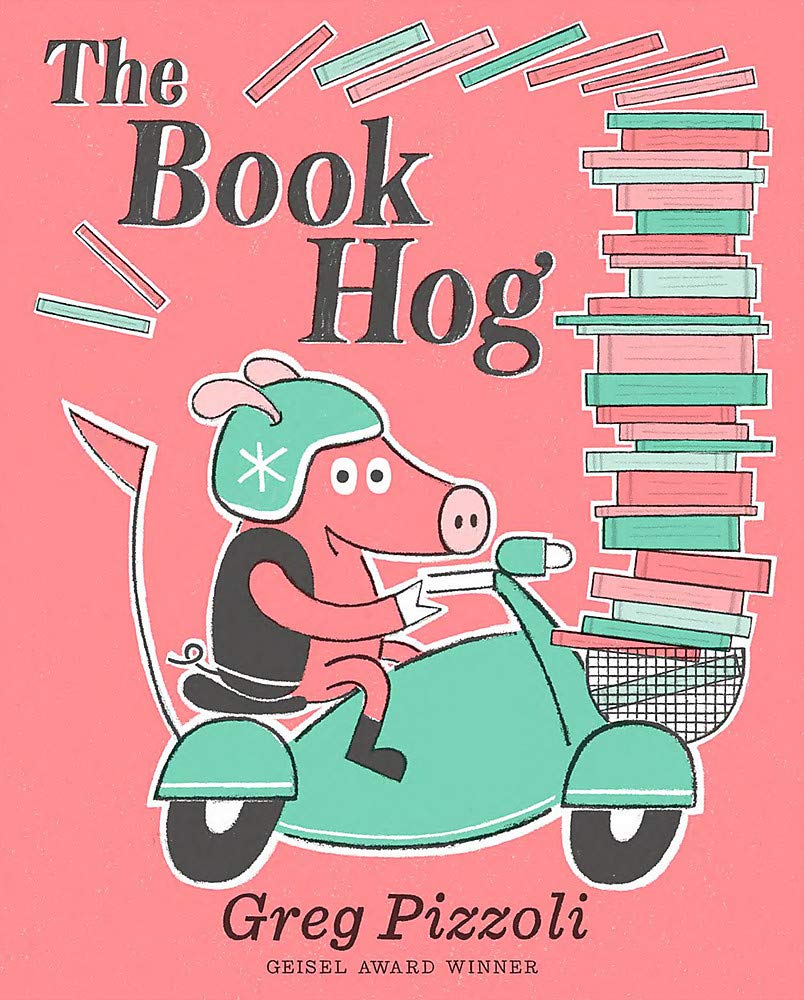
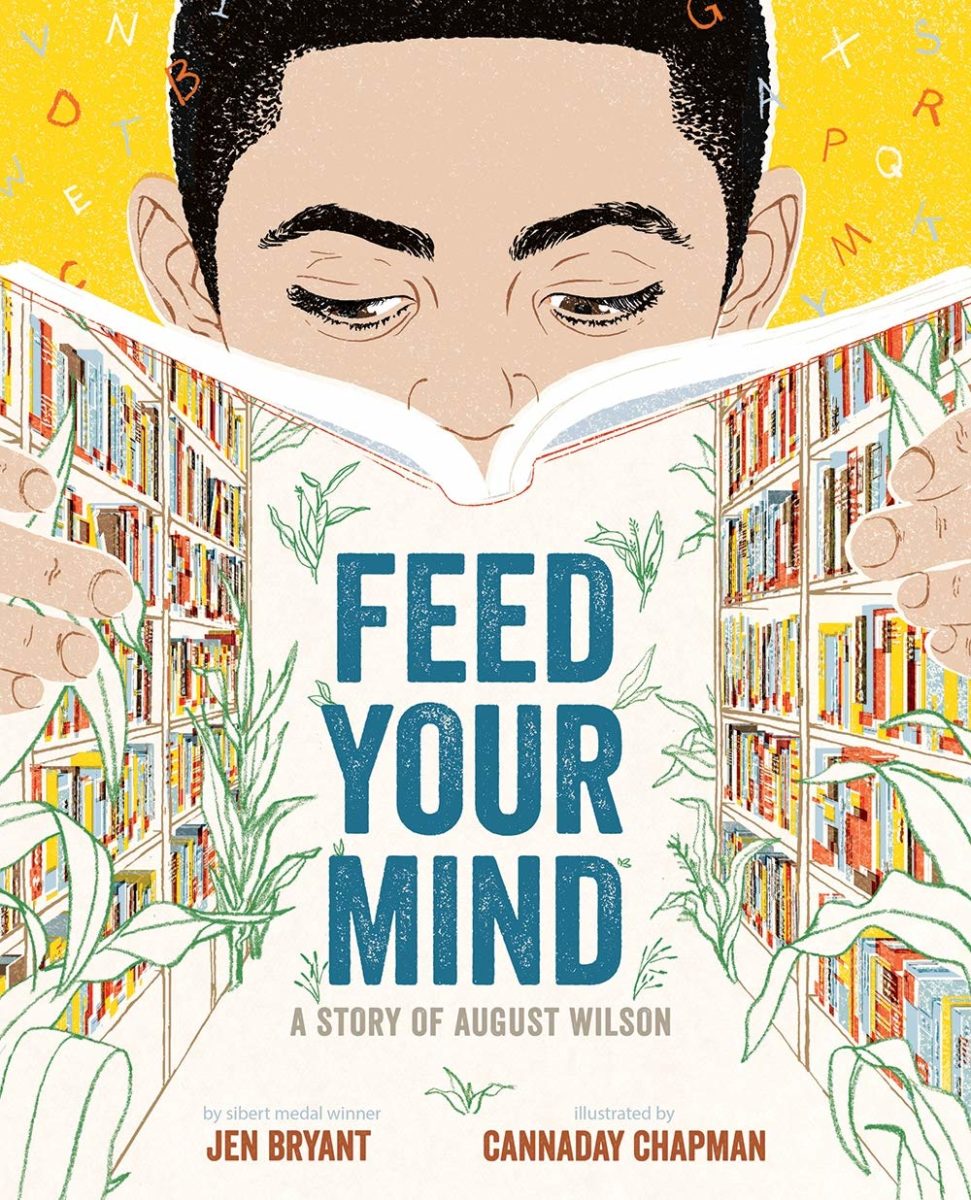

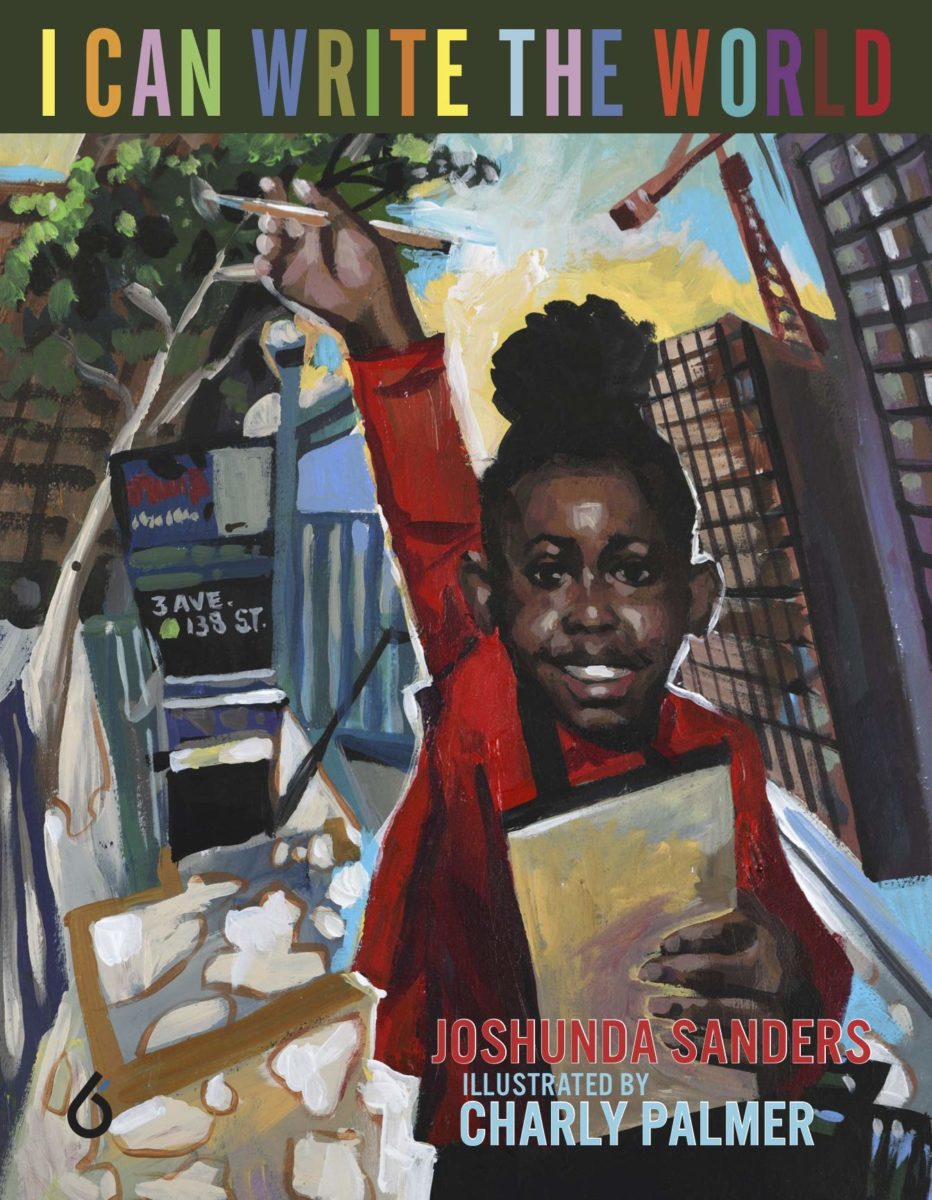
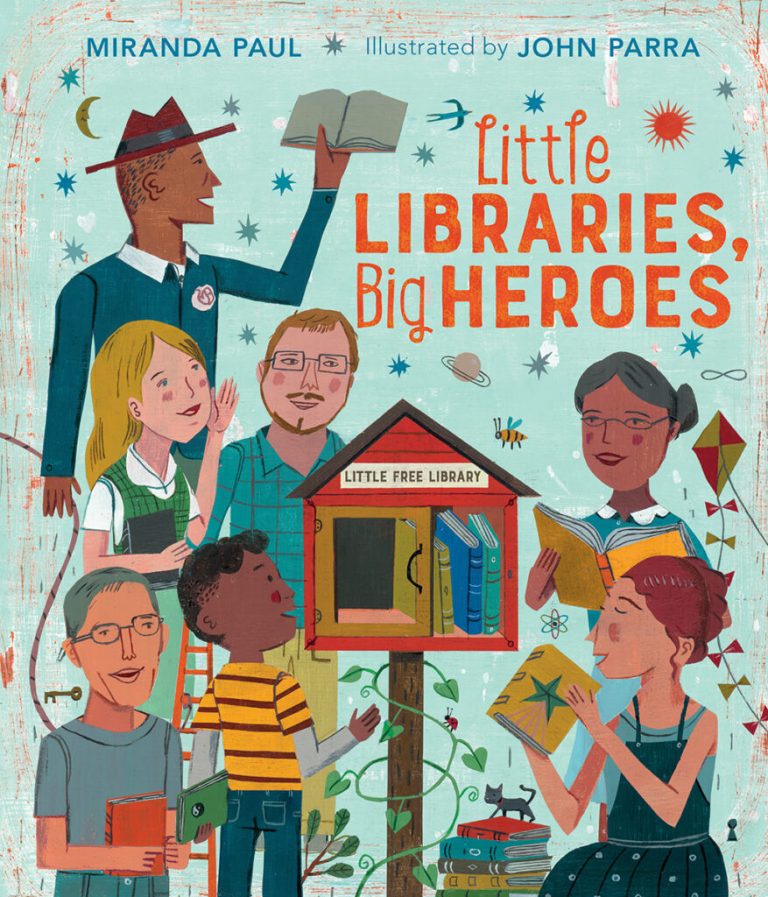
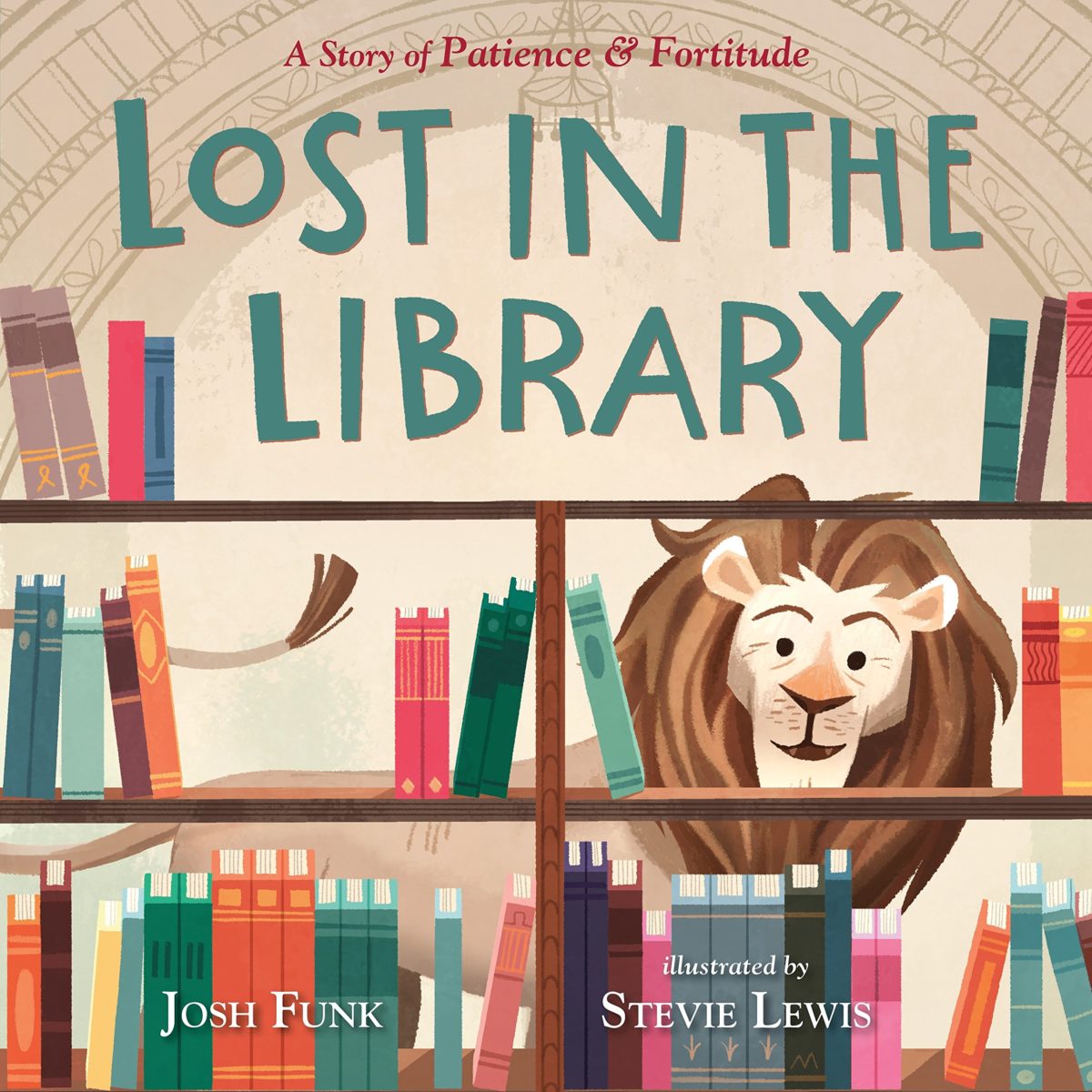
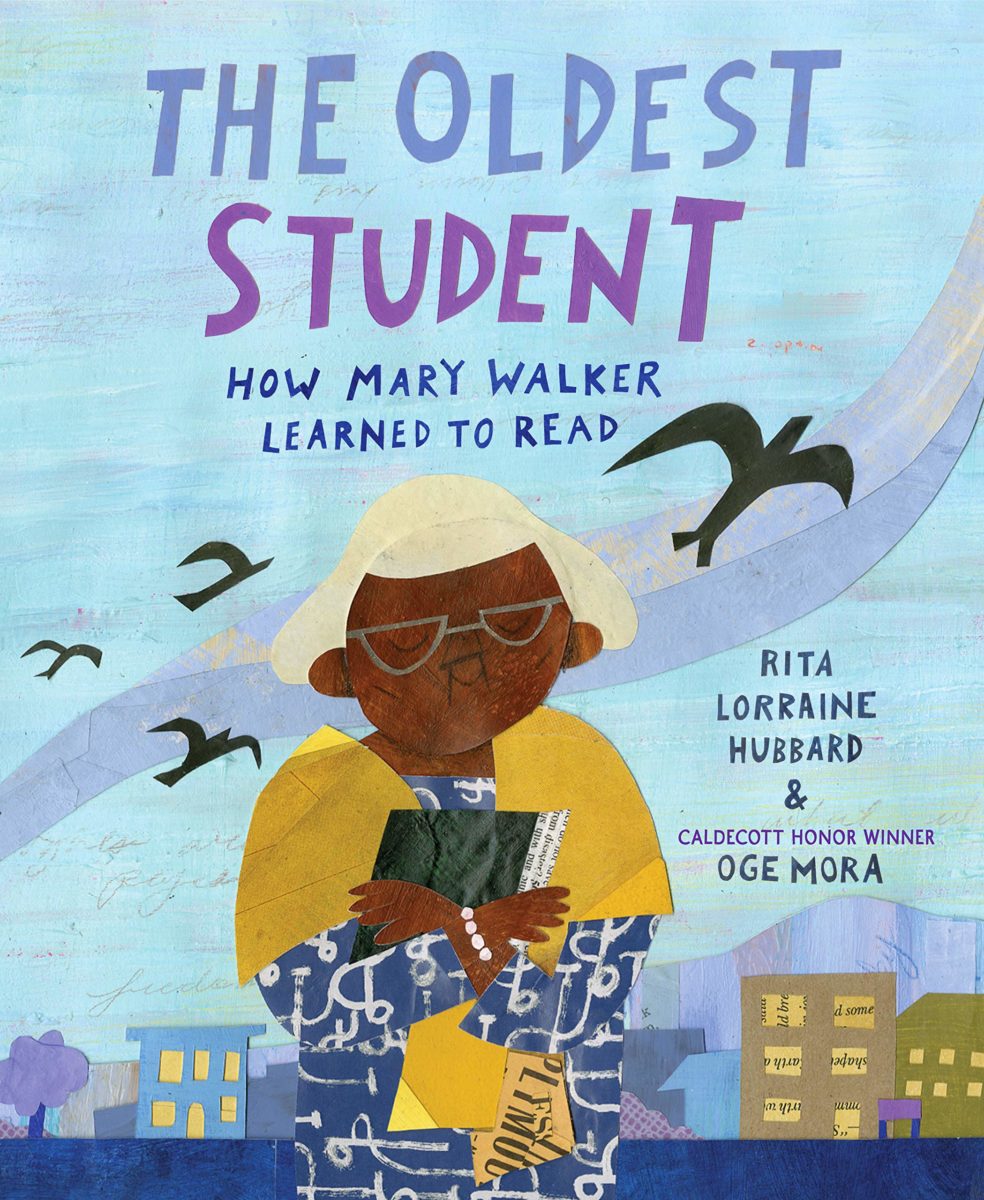
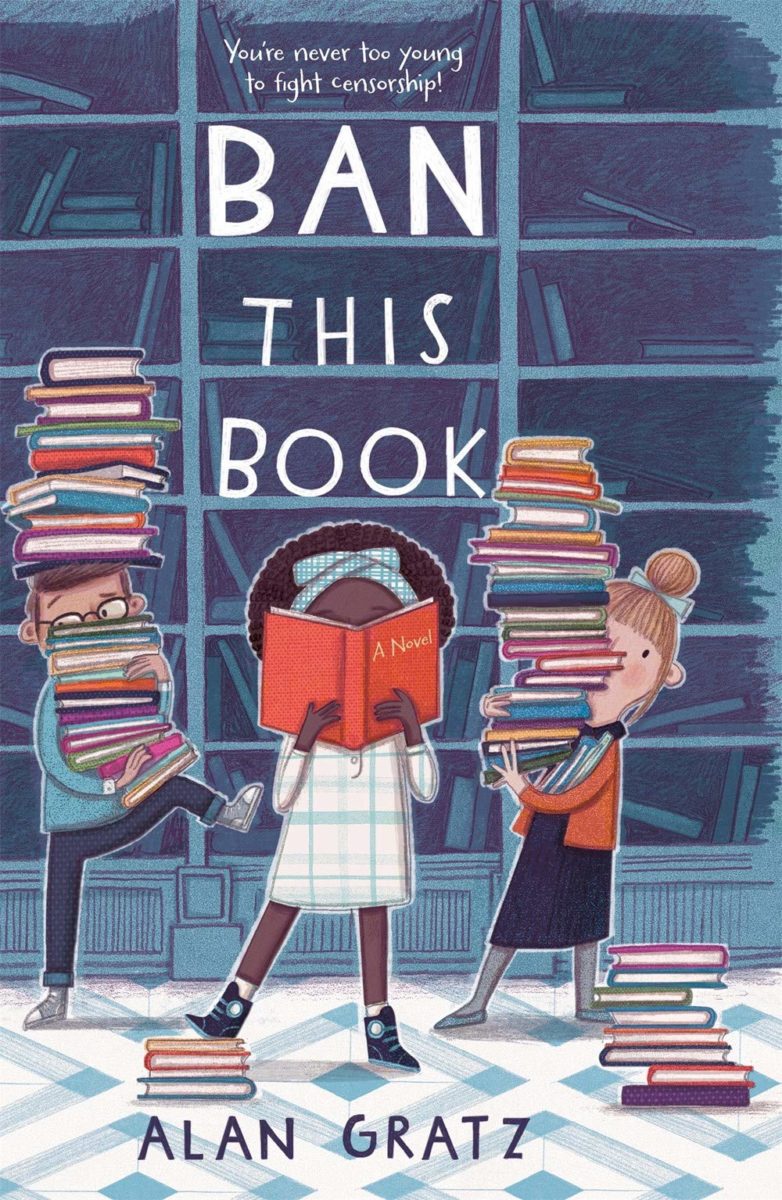
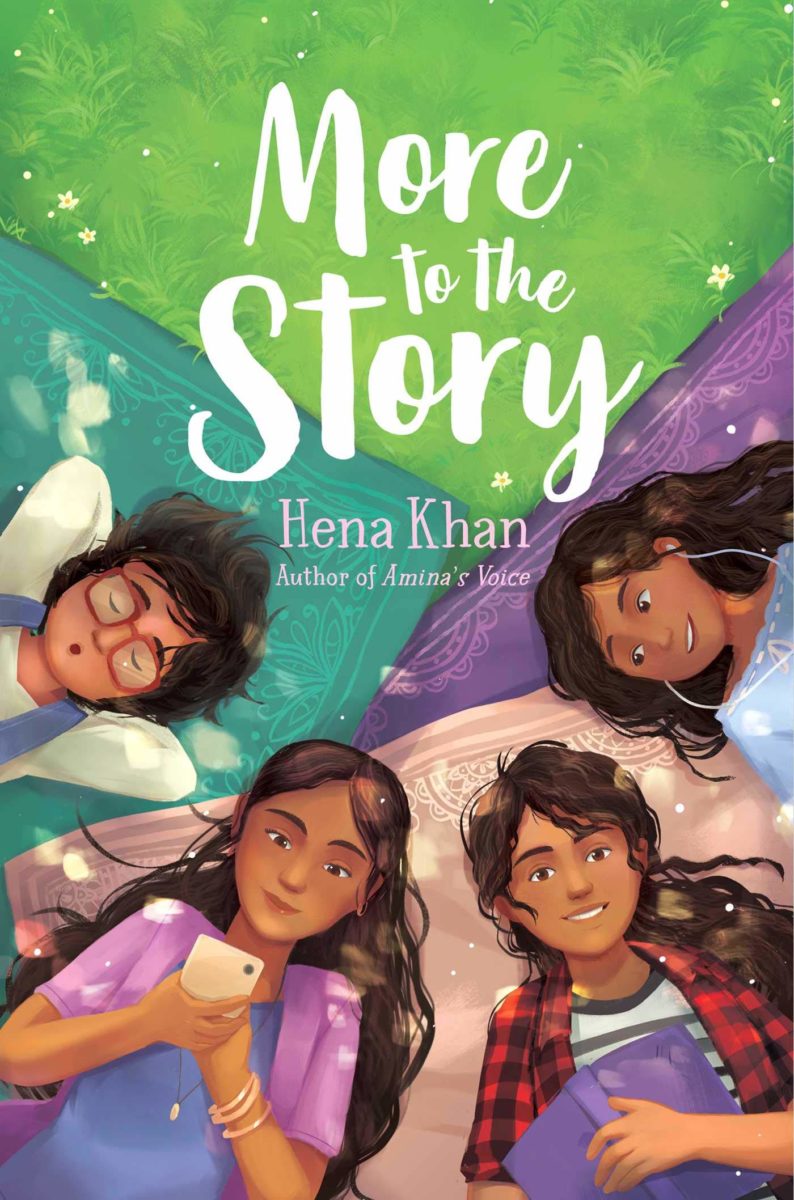
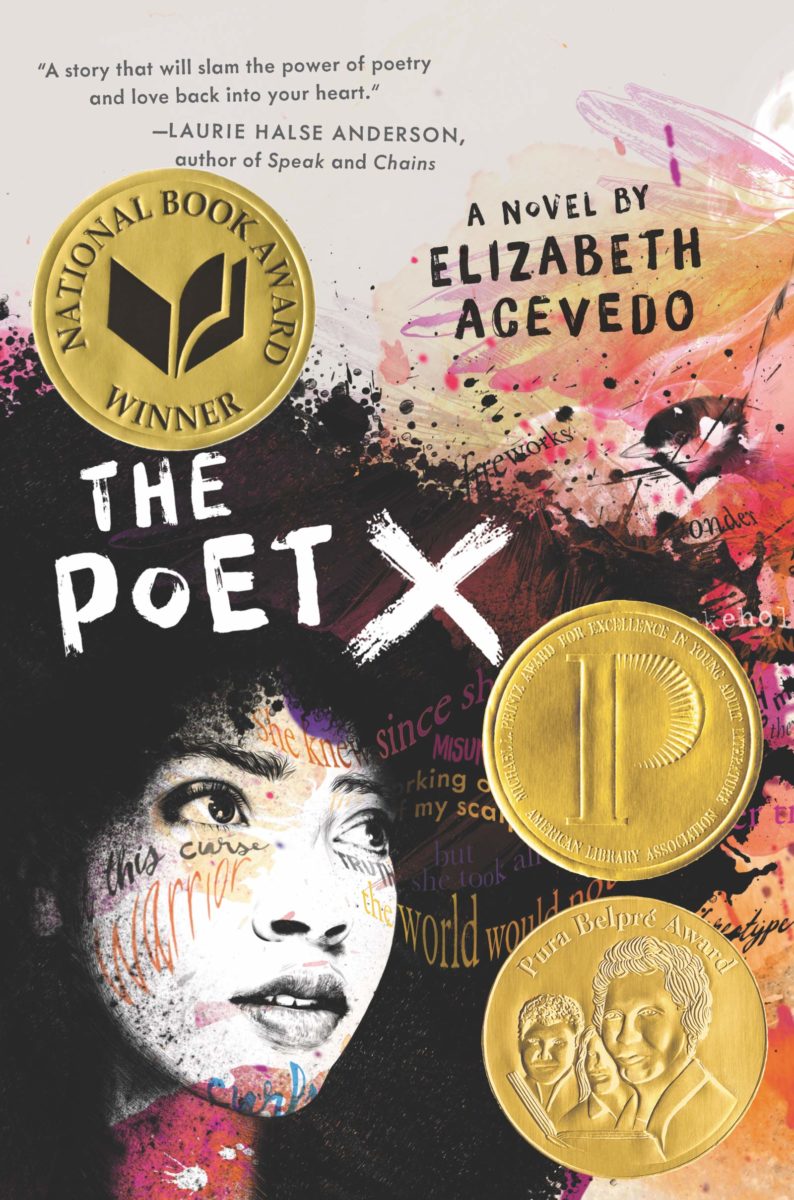
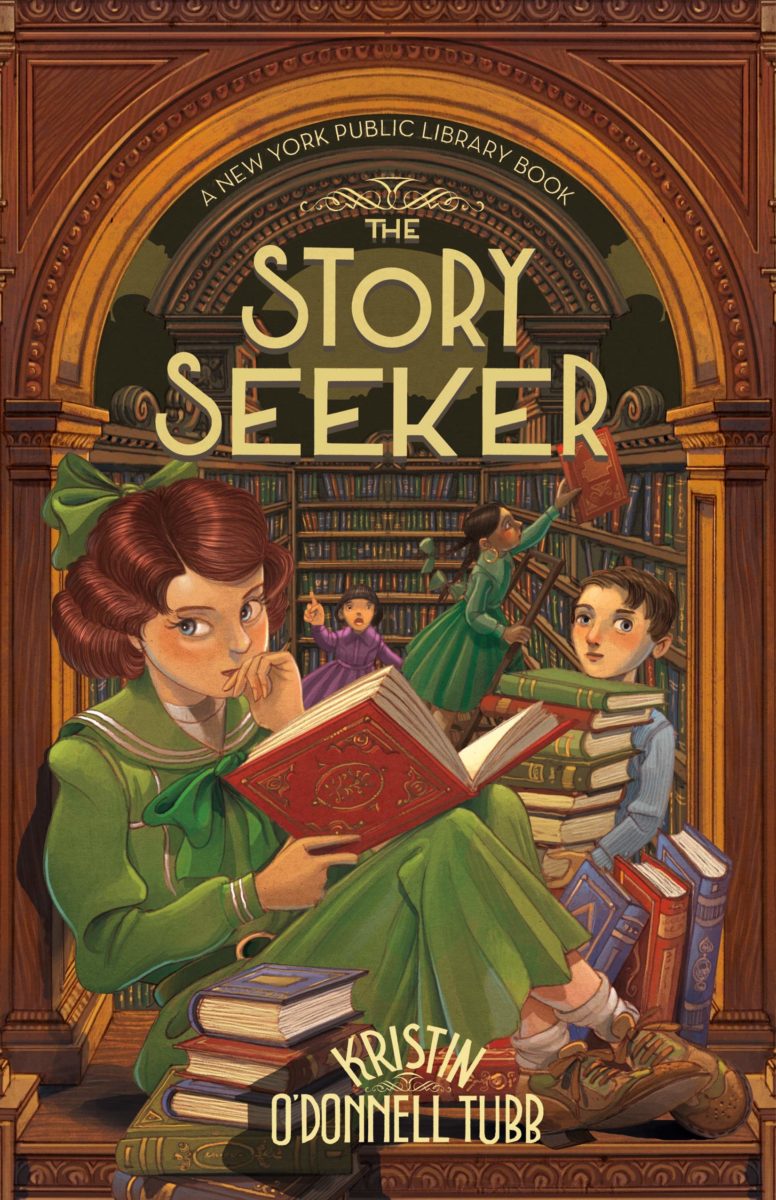
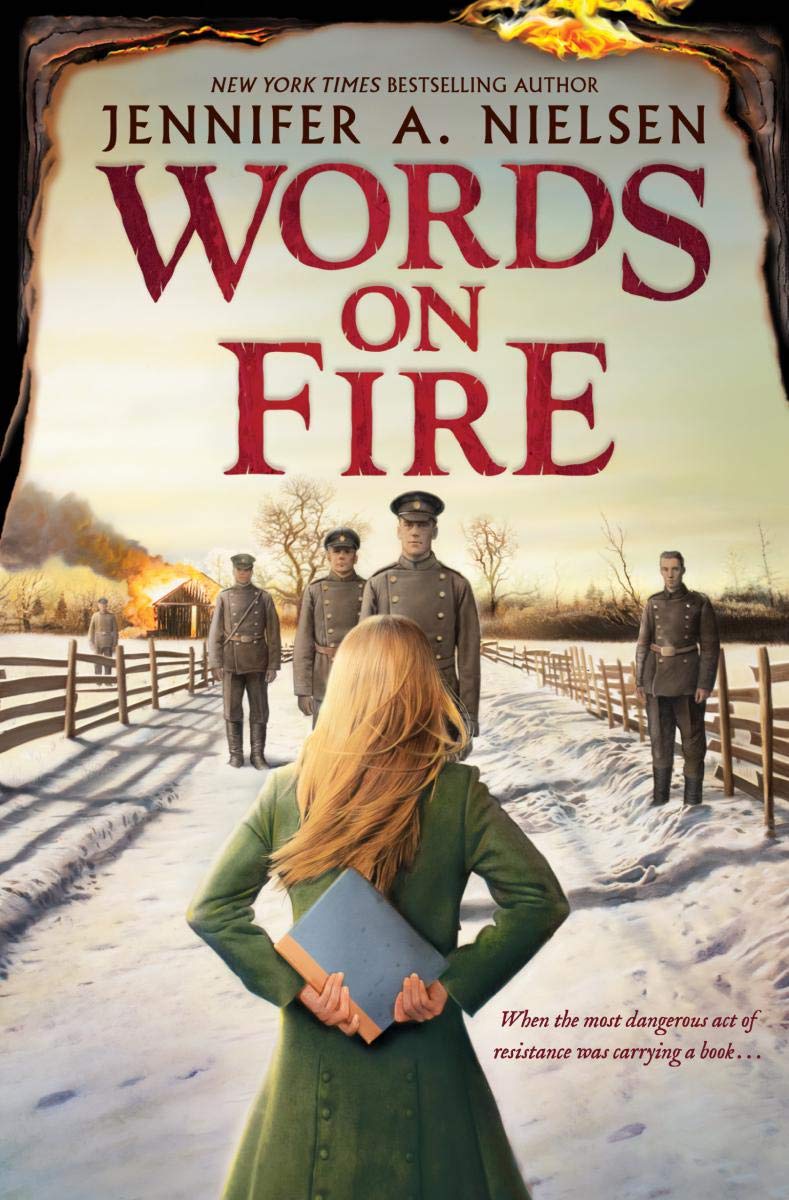
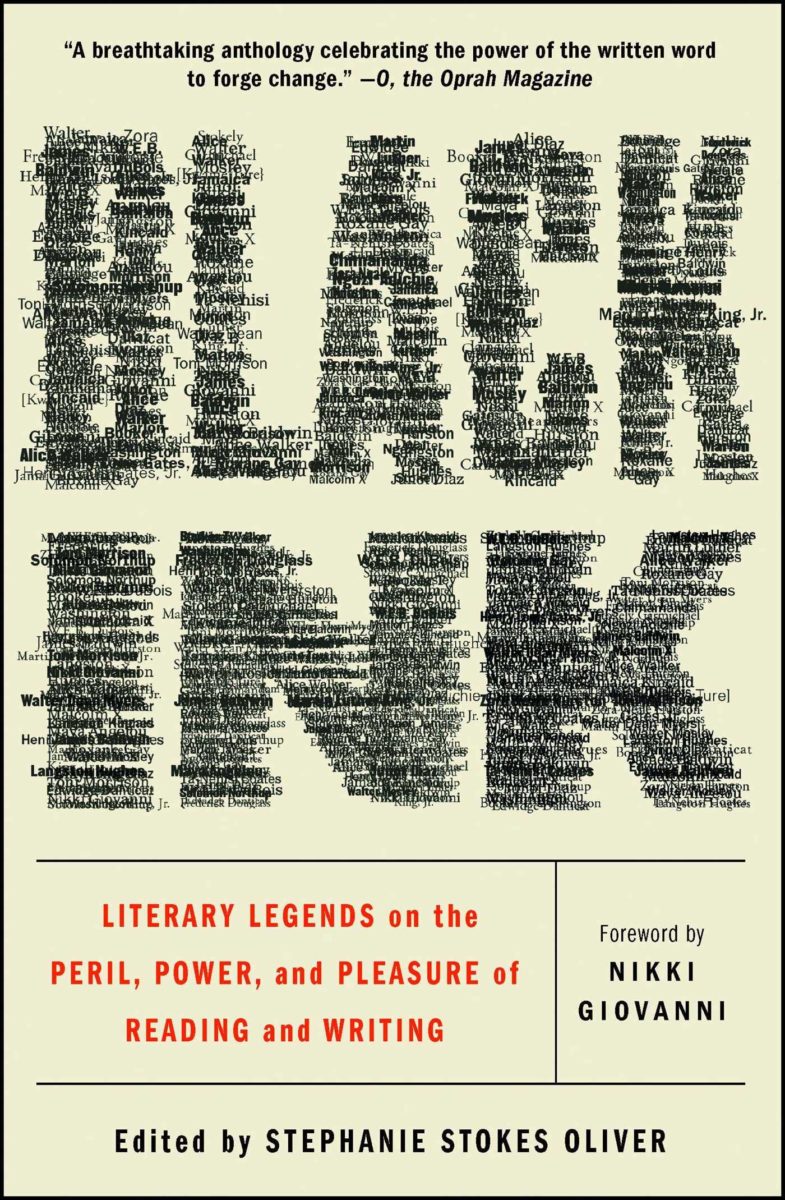
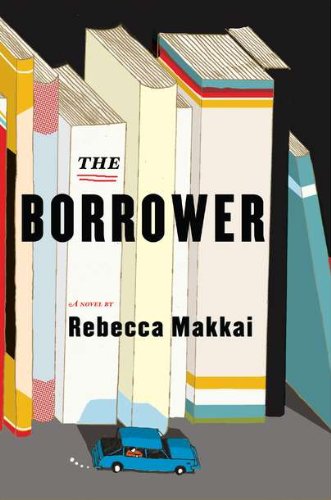
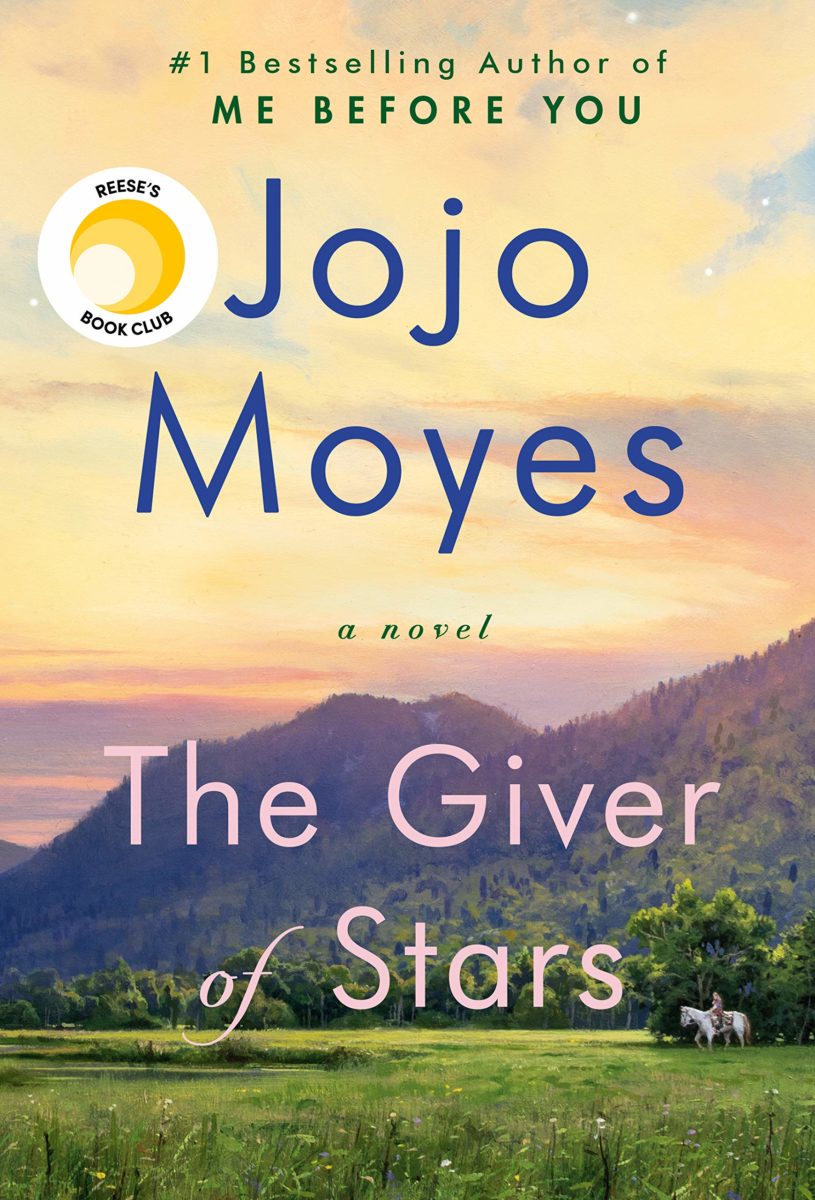
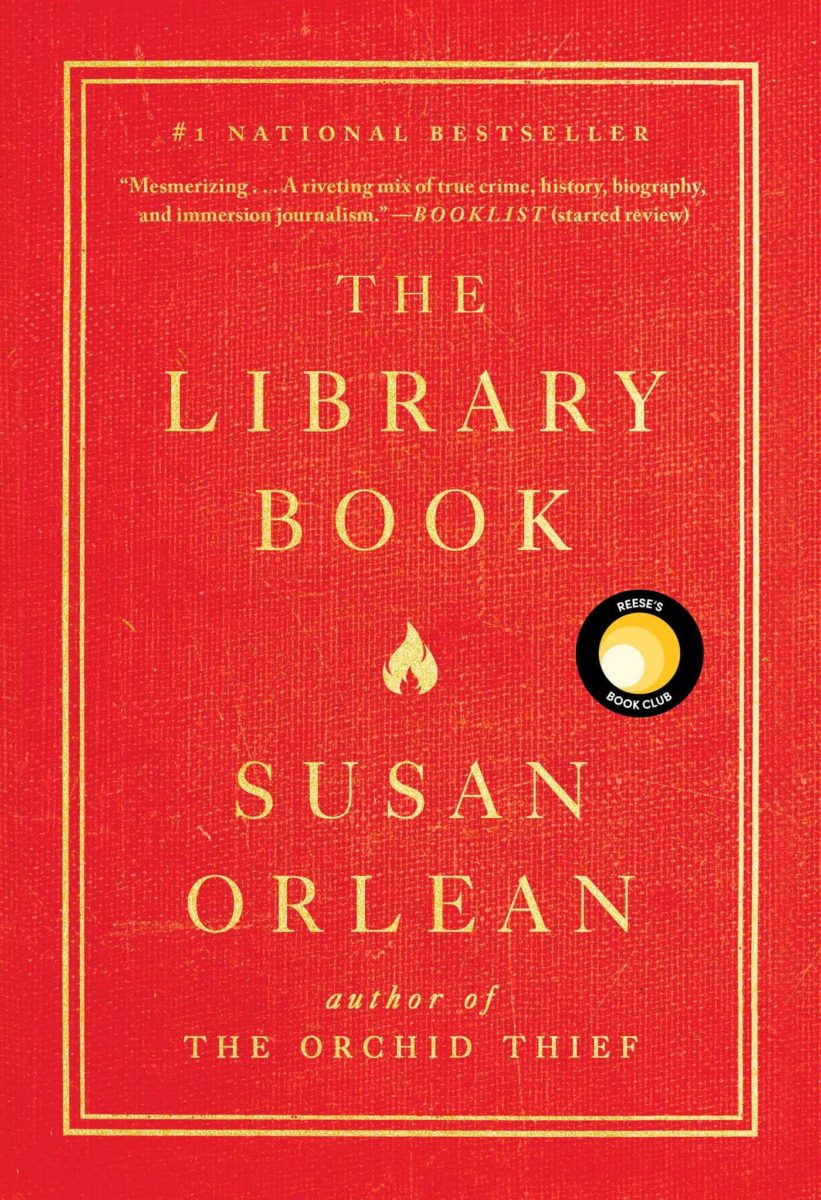
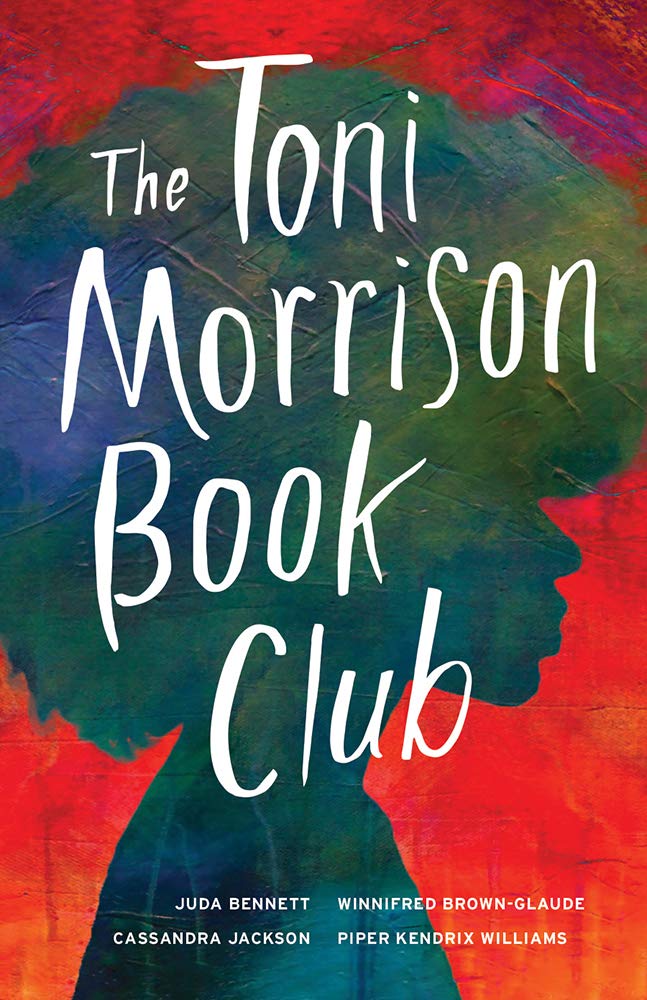
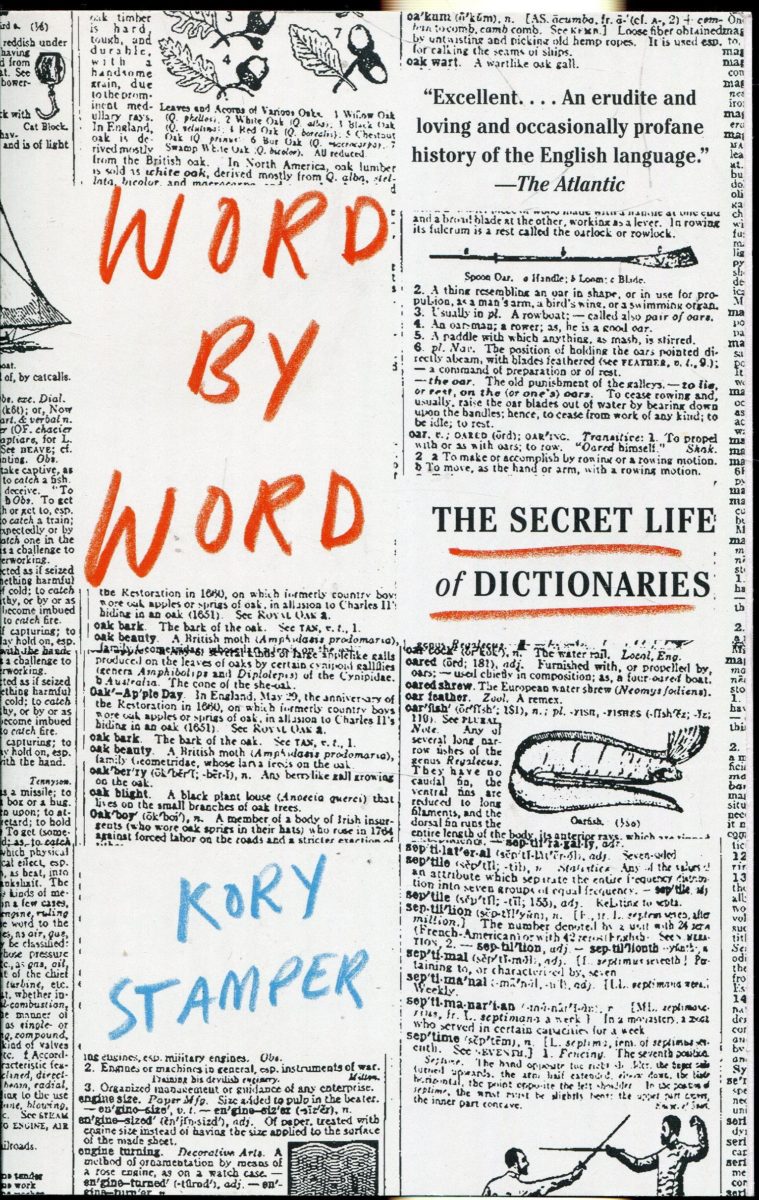
Recommended Reading: Previous Themes
Looking for more book ideas? Check out the recommended reading lists for our previous Action Book Club themes.
